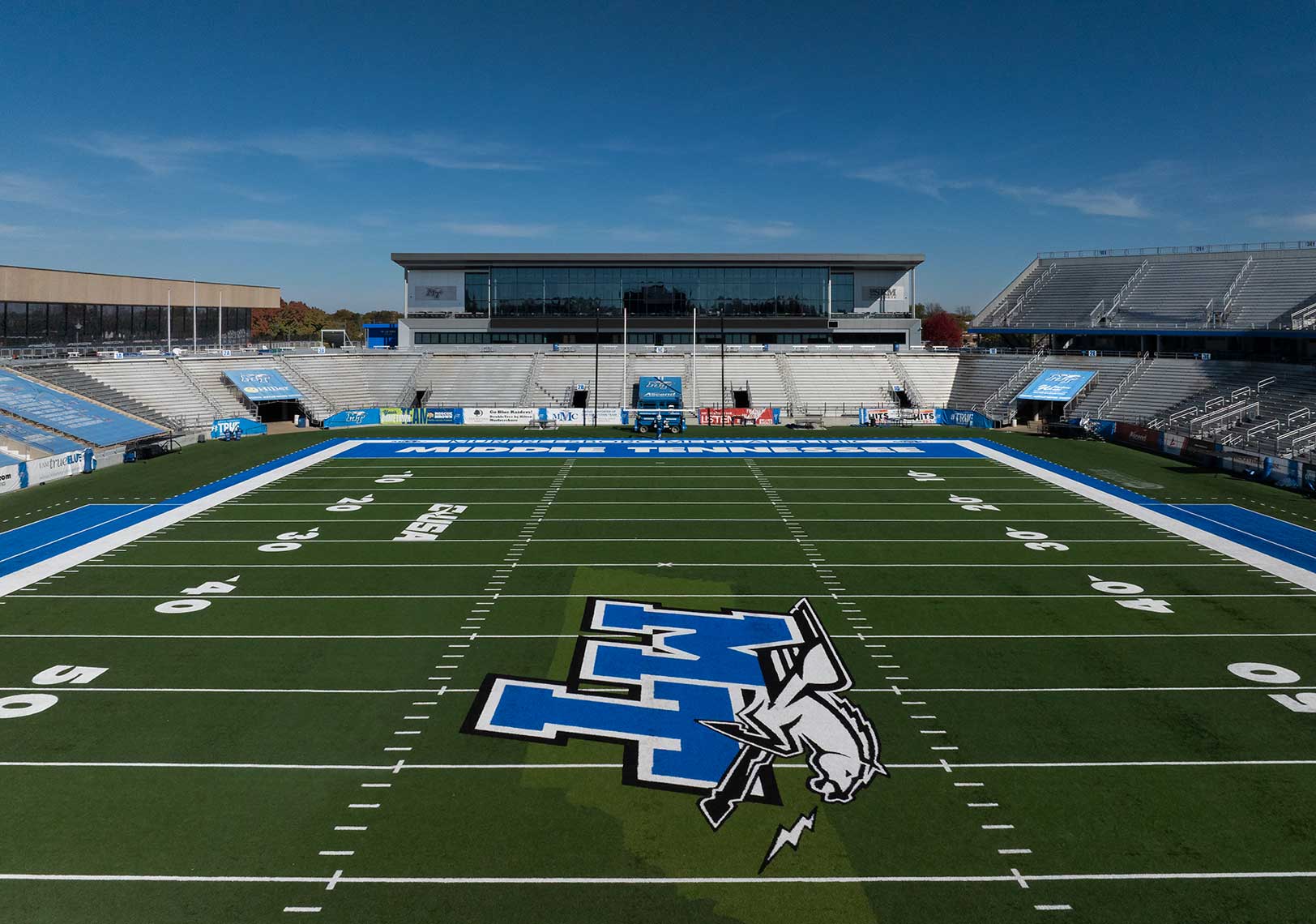











































And if flying, like a glass-bottomed bucket, can give you that vision, that seeing eye, which peers down on the still world below - it will always remain magic.
Anne Morrow Lindbergh
From the earliest days of photography, humans have been attempting to devise ways to lift cameras into the air to capture new vantage points of the world below. As early as 1858, industrious photographers began to tether cameras to hot-air balloons, rockets, and kites in an attempt to establish a unique perspective of our world. In 1903, a pioneering German businessman even used cameras attached to carrier pigeons to obtain an elevated “birds-eye” point-of-view.
Today’s visual artist has a far more refined and practical set of tools which allows them to create unique and interesting views of all subject matter, particularly architectural structures. No kites or pigeons required. Today, drone photography is a valuable tool which allows the architectural photographer to explore their vision untethered to the terra firma, opening new opportunities for creativity. Breaking the bonds of gravity allows one to illustrate the full scope of a project or show an interesting context to a building’s surroundings.
Experienced architectural photographers know that the same sensitivity to composition, exposure, and use of light must be applied to any image, whether the camera is four feet or four hundred feet off the ground. We, of course, have the education and certification to fly drones commercially. More importantly we have the experience to know that technology is little more than a conduit to allow us to communicate ideas more effectively for our clients.
While technology has changed markedly throughout the years, the human desire to view our world from above has been a constant. Through elevating our drone, we attempt to elevate the effectiveness of our architectural photography.